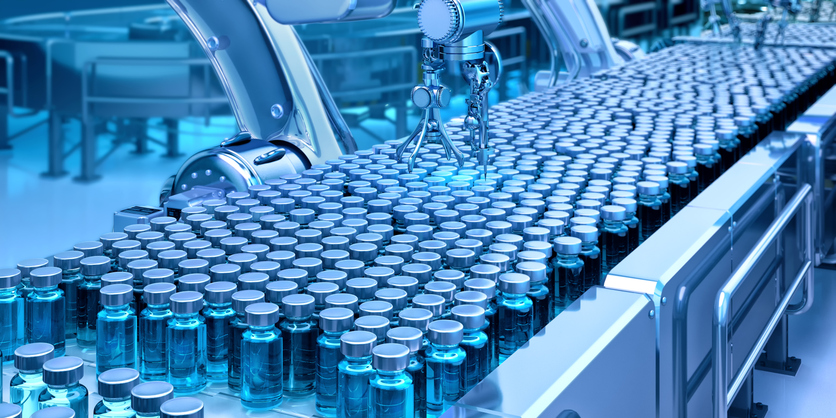Biopharmaceutical production requires a lot of energy and materials and creates a significant amount of plastic waste. Finding ways to make it more sustainable is vital from both an environmental and economic standpoint.
So says Joel Eichmann, co-founder and managing director of single-use bioprocessing technology firm Green Elephant Biotech, who tells GEN that making life-saving medicines and protecting the planet are not competing goals.
“The healthcare sector is responsible for roughly five percent of global greenhouse gas emissions, and its environmental impact ultimately feeds back into the same health challenges the industry is trying to solve. Climate-related diseases, pollution, and resource scarcity all directly affect patient well-being.
“Sustainability in manufacturing is therefore not a side project. It is part of the industry’s core responsibility. The same rigor applied to safety and efficacy must also apply to how we use materials, energy, and natural resources,” he adds.
Regulators also want industry to find more sustainable production methods, Eichmann says, citing measures introduced in the European Union by way of example.
“Frameworks such as the European Green Deal and ESG reporting standards are transforming sustainability from voluntary to mandatory. For manufacturers, this transition is also an opportunity: improving resource efficiency, shortening supply chains, and replacing fossil-based materials with renewable ones will lead to more resilient and future-proof operations. Sustainable manufacturing is, quite simply, better manufacturing.”
Economic imperative
Sustainable production also makes sense from an economic standpoint, according to Eichmann, who says manufacturers can achieve significant cost savings by adopting green methods.
“Sustainable manufacturing is often the most efficient and cost-effective way to run a facility. The focus on reducing environmental impact naturally leads to better control over energy, water, and waste streams, all of which have direct cost implications.”
“Energy-efficient HVAC systems, heat recovery from cleanroom air, or better scheduling of equipment use can significantly reduce electricity demand. Water savings can be achieved through optimized rinsing and cooling cycles or by reusing noncritical water streams. Waste reduction through improved process yields, solvent recovery, or the recycling of qualified plastics reduces both disposal costs and material purchasing needs,” he says.
Eichmann adds, “These improvements generate measurable savings that compound over time. In parallel, they enhance compliance with ESG and carbon reporting requirements, protecting companies from rising energy prices and tightening regulations. Far from being an expense, sustainability is becoming a key performance lever that improves margins while strengthening environmental responsibility.”
Singular vision
Plastic waste has long been a concern for the biopharmaceutical industry. But, in recent years, the volume of single-use plastics used in drug production has increased as more companies have embraced disposable processing systems.
However, sustainability-focused companies need to look at the types of plastic waste they generate and how they manage disposal, rather than focusing solely on trying to remove it from the production line, according to Eichmann.
“Single-use systems are indispensable in biopharma manufacturing because they ensure sterility and batch-to-batch consistency. The sustainability debate should therefore focus less on whether they are used and more on how they are made and managed.”
Traditional single-use products rely on fossil-based plastics that generate high carbon emissions, which negatively impact overall process sustainability. However, alternatives are available.
“The way forward is to decouple single-use from fossil-based plastic dependency. Using bio-based, recyclable materials such as polylactic acid (PLA) can lower emissions by up to 50% compared to conventional plastics.
“Combined with proper waste segregation and recycling schemes, single-use technologies can remain a pillar of GMP manufacturing without compromising sustainability goals,” Eichmann says.



